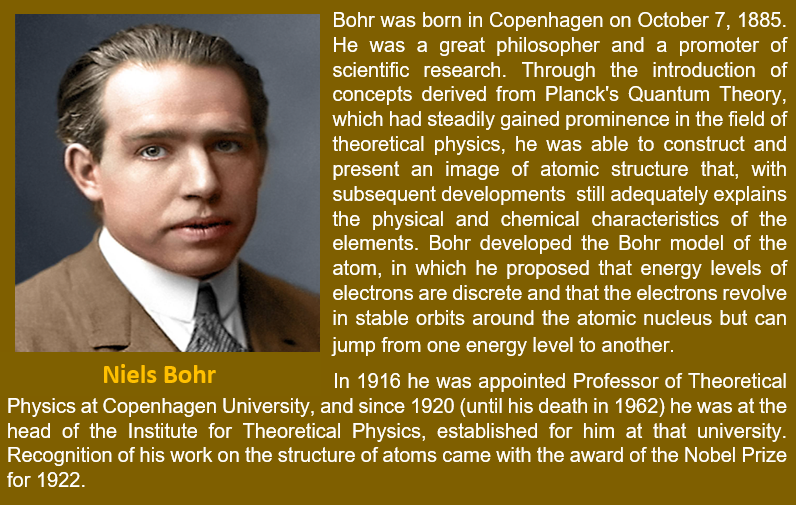
Introduction Of Chapter
After the experiment of J.J. Thomson it was clear in 1897 that the atoms have electrons which are negatively chargd. Also it was established by that time that atoms are electrically neutral so they must have positive charges that neuterlises the negative charge. But the distribution of positive charge was not known at that time.
To explin the structure of atoms J.J.Thomson proposed his PLUM PUDDING model. In this model he said that the positive chargess are distributed all over inside the atom. But later on this model was rejected as it clould not explain the specrum of light emitted by atoms.
Experiments on a-particles released by several radioactive elements were conducted by Ernst Rutherford (1871–1937), a former research assistant of J. J. Thomson. His famous experiment of scattering of a-particles to look into the structure of atoms was proposed in 1906. Rutherford’s planetary model, often known as the nuclear model of the atom, was born out of this experiment. According to this model , the nucleus of an atom is a small volume that contains all of the atom’s positive charge and mass. Electrons orbit the nucleus in the same manner that planets orbit the sun.
Rutherford’s nuclear model was a major step towards how we see the atom today. However, it could not explain why atoms emit light of only discrete wavelengths. How could an atom as simple as hydrogen,consisting of a single electron and a single proton, emit a complex spectrum of specific wavelengths?
In this chapter we shall see that there are some serious difficulties in accepting this model of atom. Later on it was Niels Bohr (1885 – 1962) who made certain modifications in this model by adding the ideas of the newly developing quantum hypothesis. Bohr combined classical and early quantum concepts and gave his theory in the form of three postulates that we are going to study in details in this chapter.
